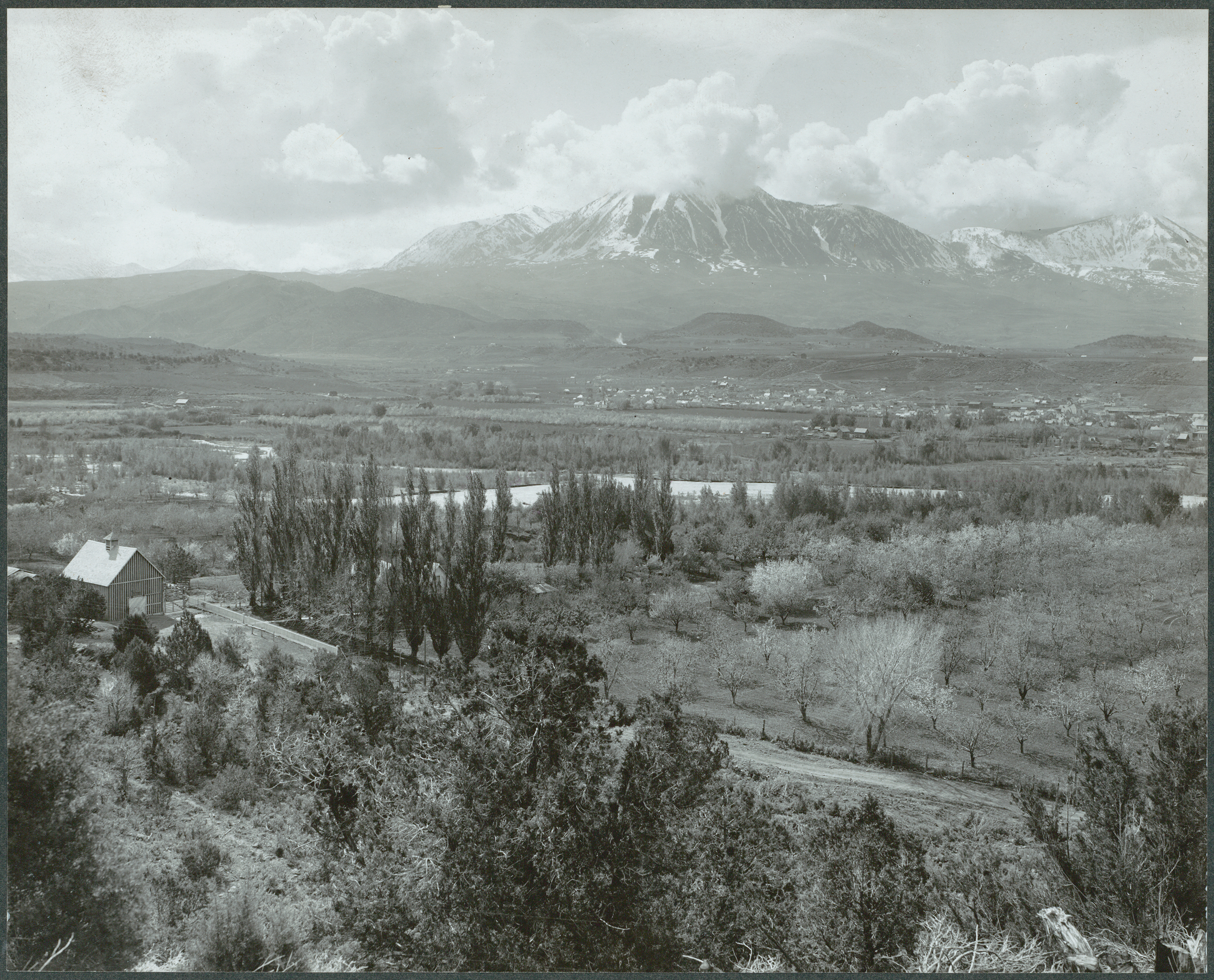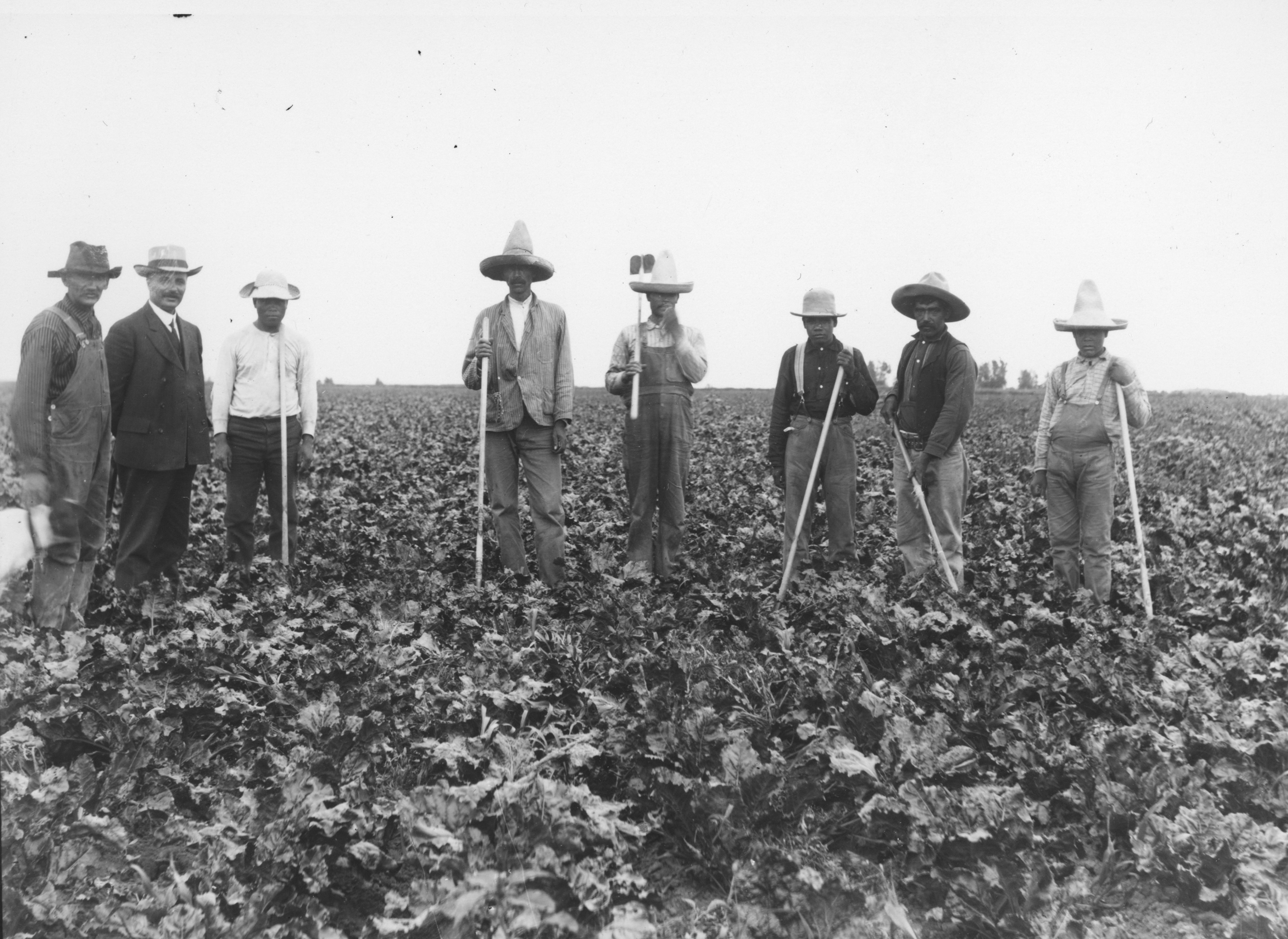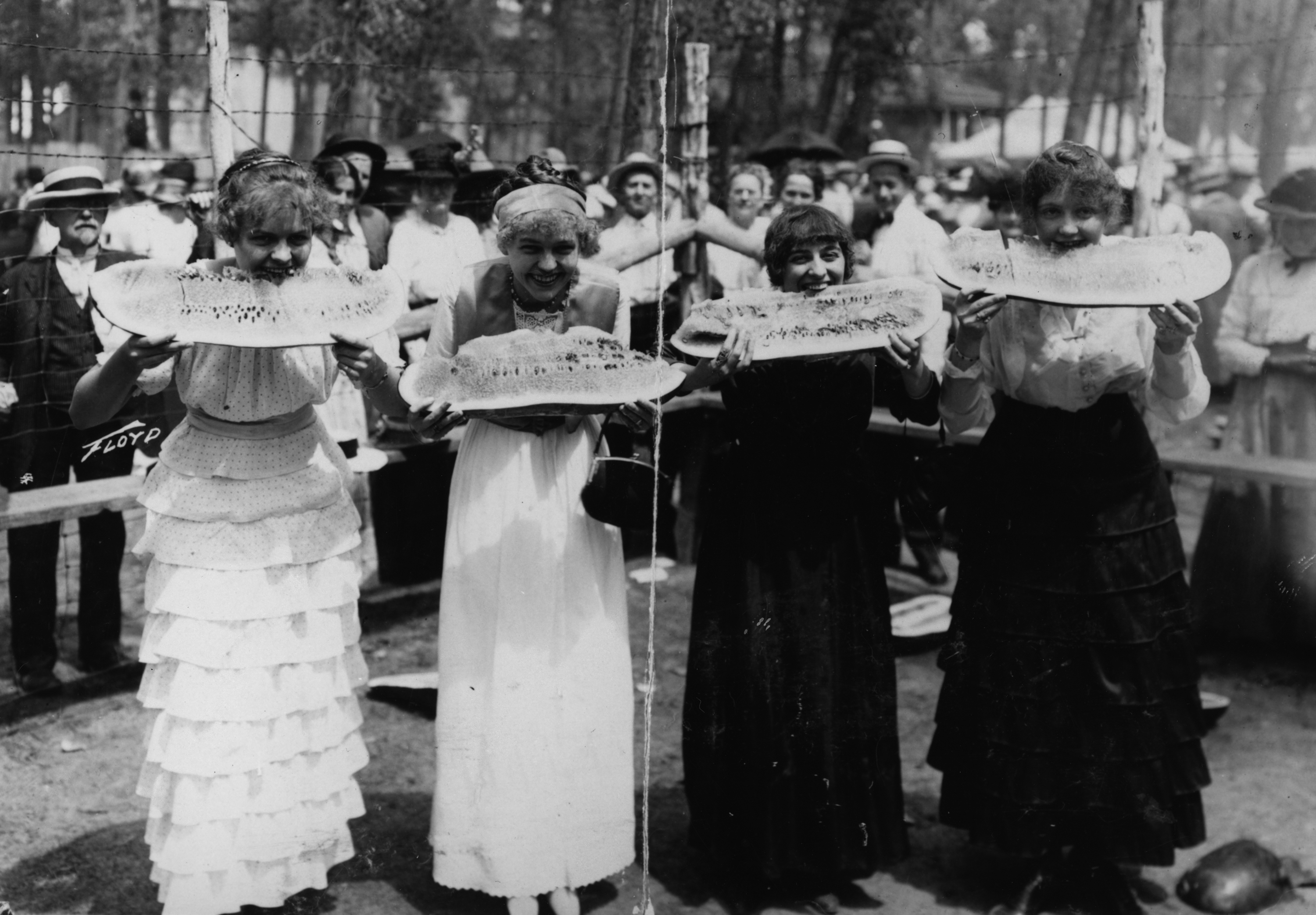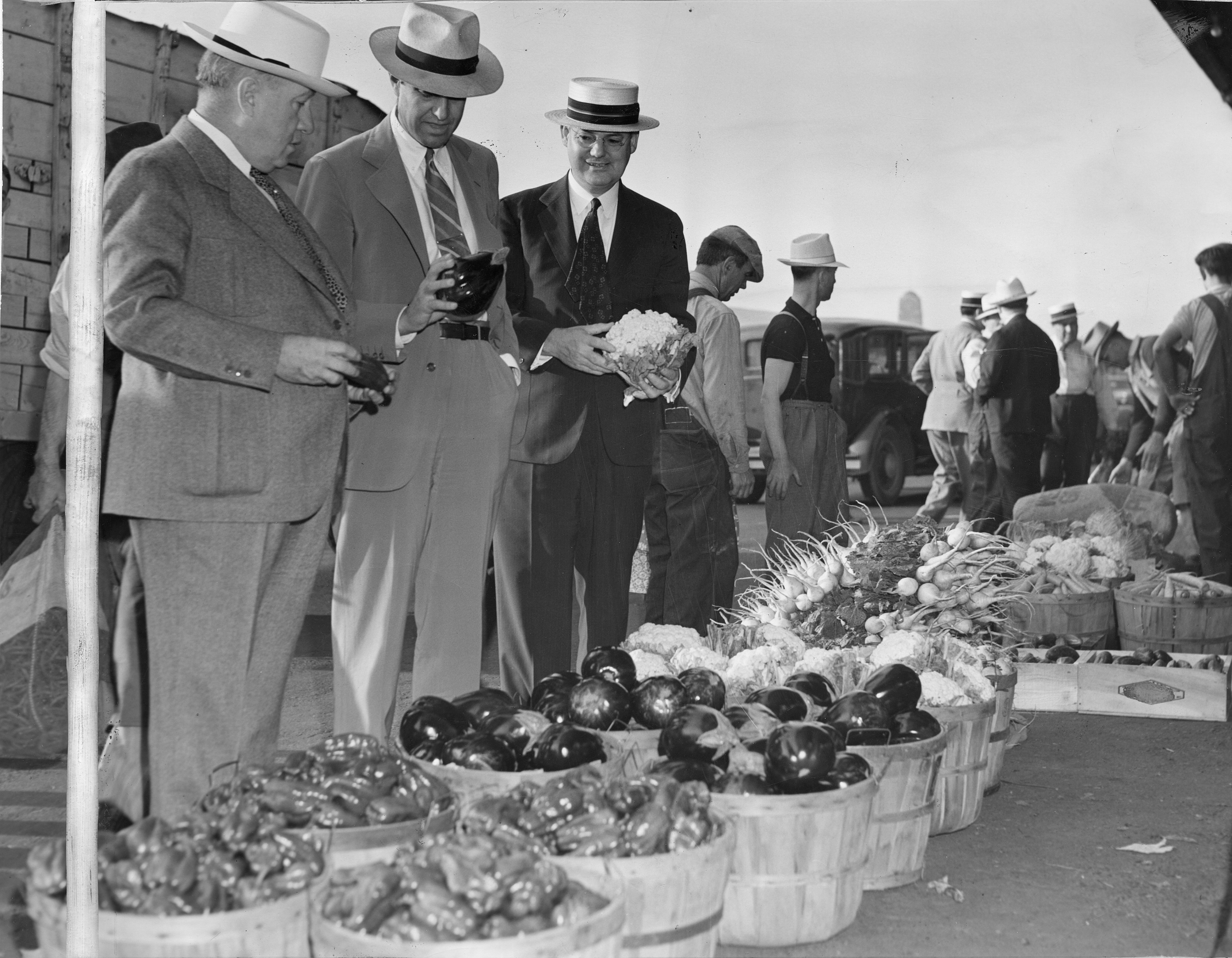Story
Journeying through a History of Colorado Food
Food is among the best of summer’s delights. As you consider the adventures you plan to have in Colorado this coming season, don’t forget the many ways food can connect you with our state’s unique heritage.
Even with its dry climate and short summer season, Colorado has a surprising legacy of culinary prowess. From the turkeys domesticated by ancient Puebloans to the wineries that have boosted tourism on the Western Slope, Colorado is full of delicious stories and destinations to savor!
Orchards on the Western Slope
Palisade’s first Peach Day festival in 1909 hosted President William Howard Taft, and this fruit’s reputation has stood the test of time. From June to October, you can find them at fruit and vegetable stands and orchards in the Grand Junction area, along with apples, cherries, pears, and plums. While you’re in the area, be sure to check out some historic wineries as well.
Sugar Beets in Northern Colorado
From the late 1880s to the early 1900s, sugar beets were a major cash crop in the South Platte Valley northeast of Denver. The story of this vegetable demonstrates the extent to which our state is a cultural melting pot. Germans from Russia brought their mastery of sugar beet farming when they settled in Colorado. The Great Western Sugar Company paid Hispano settlers to grow sugar beets in colonias in towns like Fort Collins and Greeley. Another group recruited to work in sugar beet fields and factories were Japanese immigrants such as the Koizumas and Hishinumas, whose farm in Brighton is now listed on the National Register of Historic Places. You can join a celebration of sugar beets at a festival in Sterling in September.
Beans and Potatoes in the San Luis Valley
Colorado’s San Luis Valley is one of the most significant potato-growing regions in the United States. The abundant sunshine, mild summer temperatures, and mountain-fresh water also make it a great place for summer visitors. The food traditions of the first settlers in this area, Hispano farmers who took advantage of land grants in what was then northern Mexico, have remained remarkably continuous. Those who are part of the Rio Culebra Cooperative have cultivated scarce heritage crops like bolita beans and chicos corn and have raised Navajo-Churro, the first domesticated sheep in America.
Melons of Rocky Ford
In the late 1880s the town of Rocky Ford was known as the “Watermelon Metropolis.” Rocky Ford led the state in the advancement of horticulture, particularly fruit grafting; the Rocky Ford Canning Company produced 10,000 cans daily of local produce. By late summer the melons in this southeastern Colorado town are ripe and ready for visitors to enjoy.
Mushrooms in Telluride
Every August, Telluride hosts a mushroom festival that attracts people from all over to celebrate all things fungi. Although Colorado’s San Juan Mountains are best known for skiing and hiking opportunities, they are also a spectacular place for foraging wild mushrooms in late summer. Two thousand to three thousand varieties grow in Colorado, the second-largest concentration in the country! Forests near Telluride are filled with many delicious morsels, including delicacies like porcinis and chanterelles. If you want to know where and how to look for them, find a local expert or join a guided alpine mycology experience like the one offered by The Hotel Telluride.
Brews, Bucks, and Stalks in Metro Denver
Did you know that Arvada was once known as the “Celery Capital of the World,” contributing this produce to holiday dinners at the White House in the early 1900s? Denver boasted Colorado’s biggest farmers’ market from 1939 to the late 1960s; Denargo Market opened in partnership with Union Pacific Railroad near tracks going through downtown in what is now the area of Coors Field. Travelers today can still visit one of the city’s most historic restaurants and bars: The Buckhorn Exchange, which received Colorado’s first liquor license. Microbreweries have taken off in recent years, but Colorado’s relationship to beer traces far back into the state’s history. Visit the new Beer Here! exhibit at History Colorado Center to learn more.
This article was originally published by AAA Colorado.





